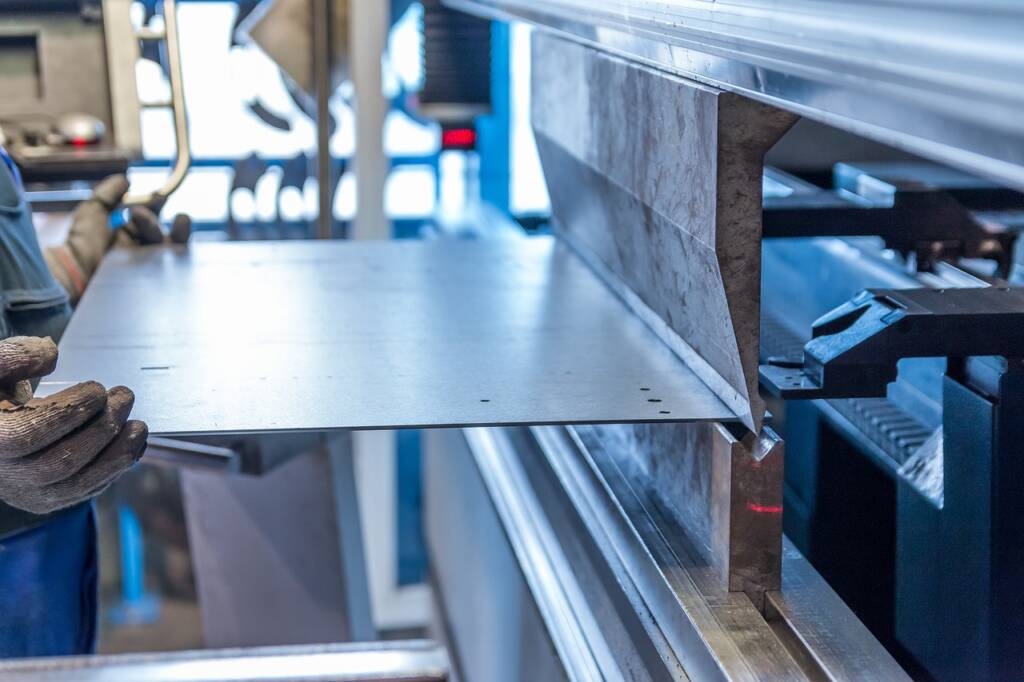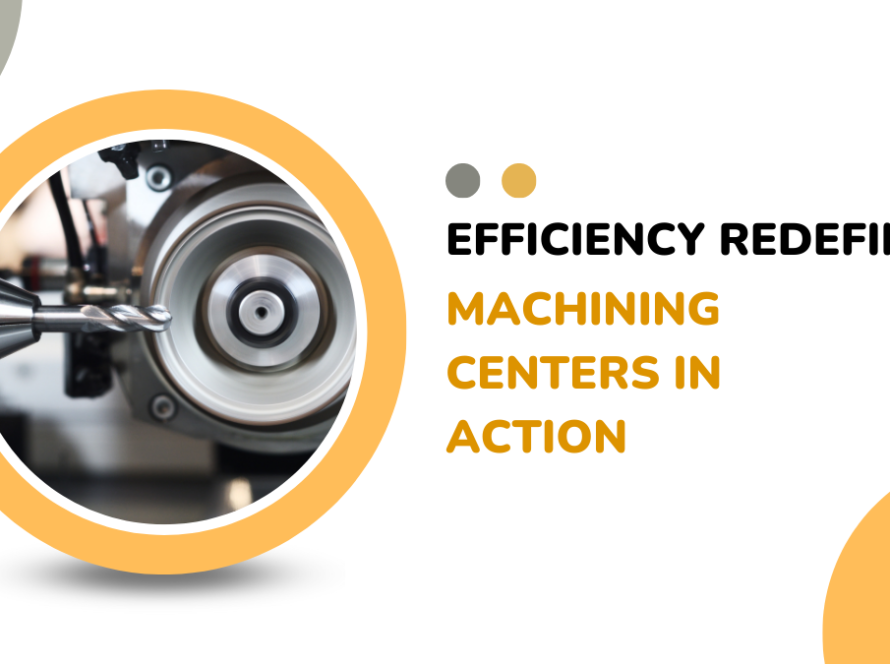Even if you’re not making car parts or planes, having CNC (computer numerical control) machines enables you to carry out intricate jobs with high accuracy. Gaining knowledge about CNC machines and understanding how to write programs for them has become vital for anybody involved in engineering or production who wants things done quickly, as well as correctly. In this article, we’ll explain how CNC machinery works, outline the basics of programming these devices, and explore how automation is revolutionizing the sector. AI (Artificial intelligence) knowledge is essential if industrial progress is to continue.
How CNC Programming Works
CNC machines work by mixing software instructions with mechanical parts, turning digital directions into actual things. The heart of these machines is just interpreting G-code, the CNC language, which is able to control movements super precisely.
Parts of a CNC Machine
A typical CNC machine has a few key things:
- A controller, often called the “brain,” that handles the G-code.
- Drive motors and actuators that move the machine along X, Y, and Z axes.
- Spindles or cutting tools for doing stuff like drilling, milling, or turning.
- Feedback systems, such as encoders or sensors, are used to keep things accurate.
These bits all collaborate to complete tasks based on the set digital instructions.
The CNC Programming Process
- CAD Design: Everything begins with a CAD model of the required component.
- CAM Software: This model is imported into CAM software, generating toolpaths that translate shapes into G-code.
- Machine Execution: The G-code goes into the CNC machine, which then does the cutting, shaping, and engraving you need.
To enhance efficiency and reduce errors, professionals incorporate automation systems such as tool changers, material feeders, and robotic arms. This integration enables a mode of manufacturing called lights-out production.
Capabilities of Modern CNC
Modern CNC machines can operate with multiple axes, sometimes 4, 5, or even up to 9. That allows them to make complex parts very quickly, which is good news for industries like aerospace, medical devices, and advanced cars.
Explaining CNC Programming: G-Code and M-Codes
So, what is CNC programming? It’s about writing a set of instructions for a CNC machine controller to follow.
These machines rely on two main types of codes: G-codes and M-codes. Together, they tell the machine exactly how to move (and where), along with what other tasks it should perform during operation. Let’s take a closer look at these communication essentials!
G-code speaks directly to any request involving movement or placement points; hence, some people call it ‘the language’ behind the motion. Rather than just telling it to move around randomly, every single line specifies an action that must be followed. For instance:
- G00– Zip rapidly over there
- G01– Slow/steady linear cut
- G02/G03– Arcing right or left (clockwise/counter-clockwise)
- G90– Go to position using absolute coordinates
- G91– Use relative/incremental positioning instead
For example, G01 X50 Y25 F100 means head to spot X50, Y25, moving at 100 millimeters per minute.
CNC Programming: Behind-the-Scenes Machine Commands
M-codes are like the helpers handling machine tasks beyond just moving around. Popular ones include:
- M03 Spindle motor starts turning (clockwise)
- M05 stops the spindle motor from turning
- M08 Activates the coolant flow
- M30 Marks that we’re done with this program
Often, you see these codes mixed in CNC programs forming patterns that manage everything from tool swaps and coolant usage right through cycle initiations. A writing style that is simple and direct helps readers understand the basic concepts of G-code and M-code in CNC programming.
Comparison Between Manual and CAM Programming
When it comes to programming, operators have a choice: Programming using CAM can reduce human errors and speed up coding tasks for complex shapes. Knowing how to program CNC machines not only gives you direct control but also lets you improve machining times while still maintaining high-quality standards, skills any operator would be proud of!
Real-World Applications and Benefits of CNC Programming

CNC programming is vital for sectors that require consistency, precision, and speed. Manufacturing with computers helps parts industries that rely on these key factors function very well. That is how it powers industries globally: CNC programming enables very precise production across many industrial applications.
Aerospace and Defence
For airplane parts, tolerances must be within microns. CNC programming allows multi-axis machining of turbine blades, landing gear components, and structural elements. With the right program, manufacturers achieve repeatability in batch production, reducing waste and maximizing safety compliance.
Automotive Manufacturing
From engine blocks to suspension components, CNC machining is fundamental to automotive part fabrication. Programs are fine-tuned to handle different alloys, optimize surface finishes, and reduce tool wear through smart pathing.
Medical Devices
Surgical tools, implants, and orthopaedic components rely on CNC to meet exact specifications. Titanium parts benefit specifically from optimized toolpaths that balance cutting speed with material strength.
Creating Tools Fast
Tool and die production is now largely reliant on CNC technology. For example, when someone requires an injection molding, die casting, or pressing operation, they will turn to this process.
When the program is used with these machines, it is flawless. There won’t be any deviations from specifications in the finished article: it will perform its function faultlessly over many thousands of cycles in large-scale production.
Benefits of Modern CNC Programming and Manufacturing
Scalability
CNC code facilitates a quick transition from prototype to mass production.
Consistency
After the initial programming, CNC machines can produce nearly identical components for extended periods, a level of uniformity unattainable through manual methods alone!
Efficiency
Advanced software can simulate toolpaths, reducing cutting time and eliminating errors before actual machining. XMachinery and similar companies are at the forefront of the shift towards smarter manufacturing.
Conclusion: CNC Programming Powers the Future of Manufacturing
What does CNC programming mean? CNC expertise can genuinely differentiate one business from its competitors. Having the ability to program everything from straightforward single-axis machines to complicated multi-axis models enhanced with AI capabilities is becoming crucial for any company looking to boost accuracy, speed, and scale. Amid continued digital transformation changing the sector, companies like XMachinery are pioneering exciting ways of melding CNC automation with smart systems; newcomers are hoping for tips on improving workflows. Keeping an eye on programming trends means products will be both accurate and ready for the future.

